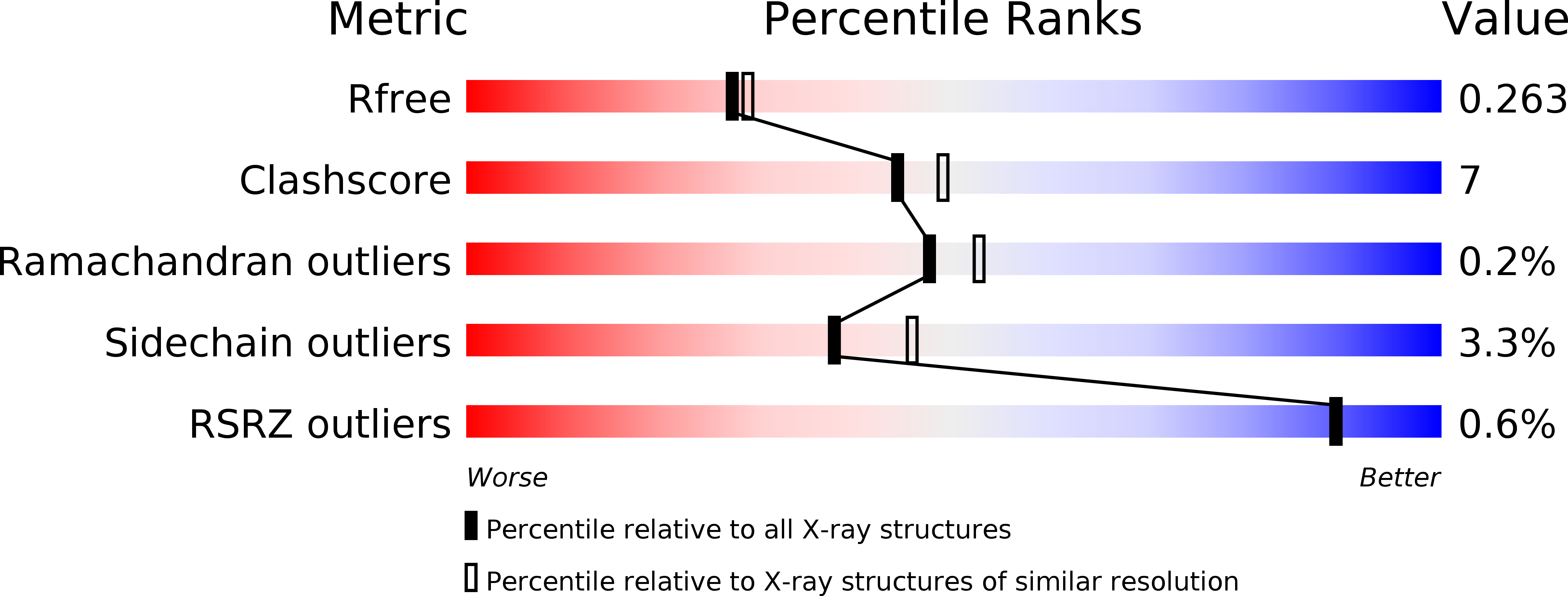
Deposition Date
2012-01-10
Release Date
2012-04-04
Last Version Date
2023-09-13
Entry Detail
PDB ID:
4D8A
Keywords:
Title:
Crystal structure of B. anthracis DHPS with compound 21
Biological Source:
Source Organism:
Bacillus anthracis (Taxon ID: 191218)
Host Organism:
Method Details:
Experimental Method:
Resolution:
2.18 Å
R-Value Free:
0.25
R-Value Work:
0.21
R-Value Observed:
0.22
Space Group:
P 62 2 2


